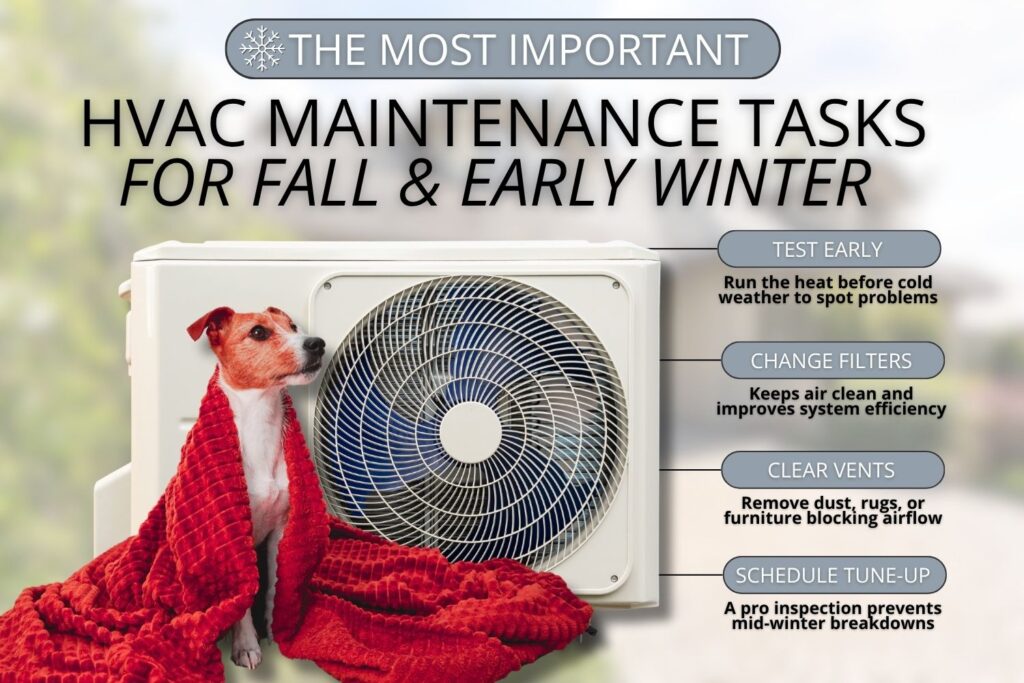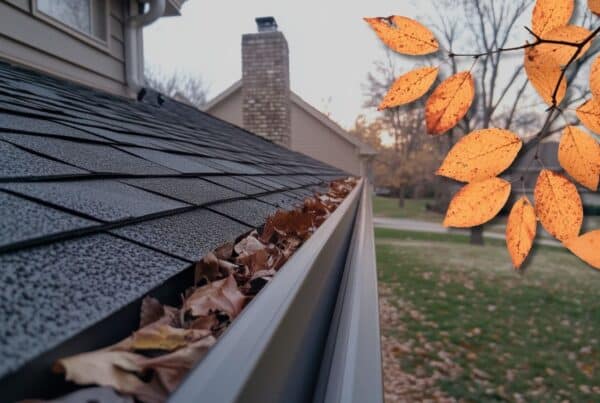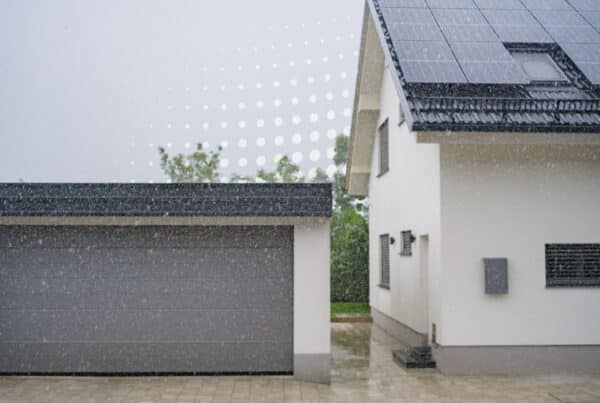
Whether you just bought a house, plan to sell, or simply want to avoid cold nights without heat, this guide covers everything you need to know about heating maintenance and how it ties into a professional home inspection.
When winter temperatures drop across East Tennessee, your home’s heating system becomes one of the most important parts of keeping your household safe and comfortable. Many homeowners only think about their furnace when the first cold morning hits, but that can be too late. Preparing your heating system before peak winter helps prevent breakdowns, improves energy efficiency, and protects your home from hidden damage.
Why Heating Maintenance Matters for Tennessee Homes
Heating systems work hardest during late fall and winter. Without routine care, they lose efficiency, burn more fuel, and wear out faster. East Tennessee’s fluctuating temperatures, from chilly mountain air to milder valley climates, make consistent performance even more important.
Regular maintenance also reduces risks that go beyond comfort. Dirty filters or blocked vents can cause poor air quality and uneven heating. Gas furnaces with improper combustion can create carbon monoxide hazards. When Bentley Home Inspection inspects homes, these are some of the most common problems found during colder months.
The sooner you check your system, the more time you have to make repairs or schedule professional service before the peak of winter demand.

Step 1: Replace or Clean Air Filters
A clean filter is one of the simplest and most effective ways to keep your heating system running smoothly. Over time, dust, pet hair, and debris build up and restrict airflow. This forces the furnace to work harder, wasting energy and putting extra wear on the blower motor.
Check your air filter every month once the weather turns cold. Replace disposable filters every 30 to 90 days, depending on your home’s size and how much your system runs. Reusable filters should be rinsed with mild soap and water, dried completely, and reinstalled.
In addition to protecting your furnace, clean filters improve indoor air quality by reducing dust circulation and allergens. If anyone in your household has asthma or allergies, filter changes make a noticeable difference.
Step 2: Test the System Early in the Season
Don’t wait until the first snowfall to find out your furnace is not working. Turn it on during early fall to make sure warm air flows evenly through every room. Listen for unusual sounds, check thermostat settings, and ensure your vents are open and blowing air consistently.
If you notice cold spots, weak airflow, or no heat at all, schedule a professional service call before temperatures drop further. Many heating repair companies in East Tennessee get booked weeks in advance during the first major cold front. Testing early keeps you ahead of the rush.
Step 3: Inspect and Clean Vents, Ducts, and Registers
Airflow plays a major role in heating performance. When vents or ducts become blocked, certain areas of your home may stay cold even when the furnace is running.
Start by vacuuming your registers and removing any visible dust or pet hair. Move rugs, curtains, or furniture that block vents. If you see heavy buildup inside your ducts, consider hiring a professional duct cleaning service. Cleaner ducts not only improve heat circulation but also prevent dust from collecting on your furniture and walls.
Bentley Home Inspection often notes airflow issues during routine inspections, especially in older homes where ductwork may have settled, sagged, or become disconnected.
Step 4: Check the Furnace Flame and Pilot Light
For homes with gas furnaces, the flame should burn a bright, steady blue color. Yellow, orange, or flickering flames often signal incomplete combustion. That can mean the burner is dirty, the air mixture is off, or there is a buildup of carbon inside the unit.
A misaligned or discolored flame can also point to gas flow issues that require immediate professional attention. Never try to adjust the burner yourself. If you suspect a gas leak, turn off the system and call your utility company or a licensed technician right away.
During inspections, Bentley Home Inspection checks for safe ignition, ventilation, and flame color as part of the mechanical systems review.
Step 5: Listen and Smell for Early Warning Signs
When you first turn on your heating system for the season, you might smell a faint dusty odor as the furnace burns off settled particles. That is normal and should go away within a few minutes.
However, any burning, metallic, or chemical smells can signal electrical issues or overheating components. Likewise, if you hear grinding, squealing, or rattling sounds, there may be loose belts, bearings, or motor parts.
Ignoring these warning signs can turn a small fix into a full system failure. A quick call to a technician can often prevent costly repairs or even a total replacement later.
Step 6: Seal Air Leaks and Improve Insulation
Heating maintenance extends beyond the unit itself. A warm, efficient home depends on keeping the heat you produce from escaping.
Walk through your home and check around doors, windows, and attic hatches for drafts. Use weatherstripping or caulk to seal visible gaps. In East Tennessee’s older homes, even small cracks can let in significant cold air.
Insulation also matters. Inspect your attic and crawl space for thin or displaced insulation. Adding new material can drastically reduce heat loss, helping your furnace run less often while keeping your home more comfortable.
If your home feels drafty despite a well-functioning furnace, Bentley Home Inspection can identify problem areas during a full evaluation.
Step 7: Clean and Inspect the Blower and Burner
Your furnace blower and burner are the heart of the system. When dust and soot build up on these parts, they can cause overheating or weak air circulation. Cleaning them once a year prevents strain on the motor and ensures complete combustion for gas units.
Before cleaning, always turn off the system and power source. Use a soft brush or vacuum attachment to remove loose dust around the blower compartment. If you notice signs of rust, corrosion, or soot buildup, stop and call a professional.
Technicians have the tools to safely clean and calibrate these components while checking for leaks or cracks that may lead to inefficiency or carbon monoxide exposure.
Step 8: Schedule a Professional Heating Tune-Up
Even if your system appears to be running fine, a yearly professional tune-up makes a huge difference. During a tune-up, HVAC technicians inspect internal parts, lubricate moving components, tighten electrical connections, and test for gas or carbon monoxide leaks.
This appointment also allows them to identify parts showing wear before they fail. Replacing a small component now often prevents a total breakdown later in the season.
Homeowners who keep annual maintenance records often see longer furnace lifespans, fewer emergency calls, and better inspection results when selling their homes.
If you are preparing for a home inspection, having a recent tune-up report on file shows buyers that your heating system has been well-maintained.

How Does Heating Maintenance Impact Home Inspections?
During a Bentley Home Inspection, HVAC systems are evaluated for both safety and functionality. Inspectors look at airflow, filter condition, vent blockages, thermostat accuracy, and signs of moisture or gas leaks.
If your furnace has been regularly serviced, these checks typically go smoothly. However, lack of maintenance can reveal red flags such as dirty coils, pilot light issues, or inadequate ventilation.
For buyers, a heating problem can raise concerns about the overall care of the home. For sellers, it can delay closings or lower offers. That is why pairing annual HVAC maintenance with an inspection ensures your system performs efficiently and passes professional review with ease.
In older East Tennessee homes, inspectors may also note if the furnace is nearing the end of its expected lifespan. A well-documented service history can help confirm that the system remains safe and effective even after several years of use.
Additional Winter Maintenance to Protect Your Home
Heating maintenance is only part of preparing for cold weather. A few other seasonal tasks can keep your home in excellent condition through winter and beyond:
|
Task |
Why It Matters |
When to Do It |
|
Test smoke and carbon monoxide detectors |
Protects your family from potential leaks or fires |
Every 6 months |
|
Flush the water heater |
Removes sediment buildup and improves heating efficiency |
Once a year |
|
Clean gutters and downspouts |
Prevents ice dams and roof leaks |
Late fall |
|
Check sump pumps and drainage |
Reduces flooding risk during winter rains |
Before freezing temps |
|
Inspect attic ventilation |
Prevents moisture and mold growth |
Year-round |
Each of these steps supports the same goal as heating maintenance: keeping your home efficient, safe, and structurally sound throughout changing seasons.
Energy Efficiency Tips for Lower Heating Bills
Energy efficiency saves money while reducing stress on your heating system. In Tennessee, the average home spends hundreds of dollars per winter on heating alone. Small changes can lower those costs significantly.
- Set your thermostat to 68°F when home and lower it a few degrees when away or sleeping.
- Reverse the ceiling fan direction to push warm air down into the living spaces.
- Keep blinds open on sunny days to let in natural heat and close them at night to trap warmth.
- Use door draft stoppers or rolled towels to block cold air at entry points.
- Schedule energy audits to find areas where your home loses heat.
These simple adjustments can cut utility costs while helping your furnace last longer.
When to Call a Professional
Some heating maintenance steps, like changing filters or cleaning vents, are easy for homeowners to manage. But once you notice inconsistent heat, strange smells, or higher utility bills, it’s time to call in a professional.
A licensed HVAC technician can test gas lines, burners, and electrical components safely while tuning the system for better efficiency. Annual professional service prevents unexpected breakdowns and keeps your home safe from issues like carbon monoxide leaks or electrical faults.
If you’re buying or selling a home, a comprehensive home inspection from Bentley Home Inspection adds another layer of protection. During every inspection, the heating system is evaluated for:
-
Safe ignition and combustion
-
Consistent airflow through all registers
-
Thermostat function and calibration
-
Vent and duct condition
-
Signs of wear, corrosion, or previous overheating
For buyers, this helps confirm that the home’s heating system is reliable and well-maintained. For sellers, it documents that the property is in good condition before listing.
Bentley’s inspectors are familiar with the unique heating needs of East Tennessee homes, where temperature swings, older ductwork, and mixed fuel systems are common.
Conclusion
Maintenance for your heating system before peak winter is one of the smartest ways to protect your home and wallet. Regular maintenance keeps your system efficient, extends its life, and reduces the chance of unexpected breakdowns during the coldest months.
East Tennessee homeowners can handle many of these steps themselves, but a professional inspection ensures everything operates safely and effectively. Whether you’re a first-time buyer or long-time homeowner, a little effort now will help you stay warm and worry-free when the temperatures drop.
If you’re due for a seasonal check or want peace of mind before buying or selling, schedule a home inspection with Bentley Home Inspection. Their experienced team is here to help you identify issues early, keep your systems running at their best, and make sure your home is ready for whatever winter brings.



